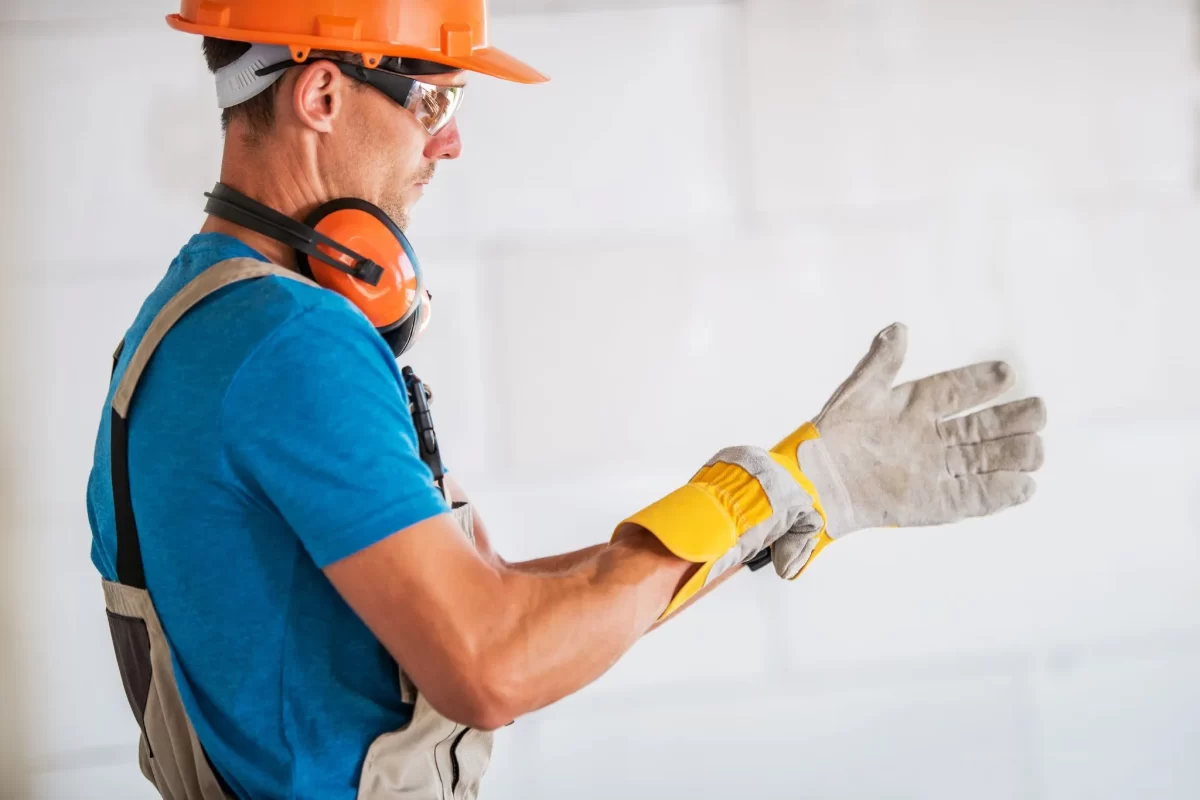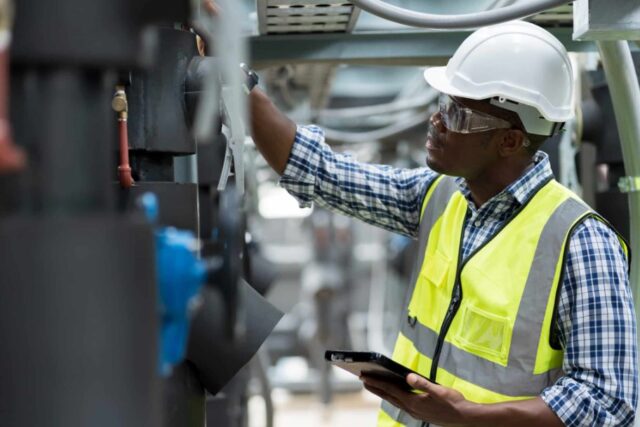
Ensuring safety in the workplace is crucial for both the well-being of your employees and the success of your business. Whether you operate a small office or a large industrial facility, fostering a safe work environment can significantly reduce the risk of accidents and increase productivity.
However, promoting workplace safety goes beyond just setting rules. It’s about creating a culture where employees are actively engaged in staying safe. Let’s discuss eight practical and effective ways to encourage safety compliance among your staff.
1. Prioritize Electrical Safety ─ A Shock-Free Workplace
One of the most significant hazards in any workplace is electricity. Employees need to be trained on safety when handling electrical systems. Electrical safety should be a top priority Whether in an office with computers and wiring or a manufacturing environment with high-voltage machinery. Understanding how to properly handle electrical systems can prevent accidents such as shocks, burns, and even fires.
Encouraging regular training and awareness about electrical safety procedures is essential. Employees should know how to identify hazards like frayed cords, faulty wiring, and overloaded circuits. Plus, having marked emergency shut-off switches and ensuring that employees know where they are located can help reduce accidents. Ensuring that your team follows these safety protocols can minimize risks but also empower them to take ownership of their safety.
2. Equip Employees With Prescription Safety Glasses

When it comes to protecting your employees from eye injuries, especially in jobs that involve physical labor or handling hazardous materials, prescription safety glasses are a game-changer. These specially designed glasses combine the benefits of clear vision correction with the necessary protection from debris, chemicals, or other potential dangers in the workplace.
Whether your employees work in construction, manufacturing, or even in laboratory environments, prescription safety glasses ensure that those who require corrective eyewear aren’t forced to choose between clear vision and safety. These glasses are designed to meet high-impact and durability standards, providing a layer of security while allowing your employees to perform their tasks without visual limitations.
By promoting the use of prescription safety glasses, you’re showing your commitment to keeping employees safe while supporting their vision needs.
3. Regular Safety Training ─ Knowledge is Power
One of the simplest yet most effective ways to encourage safety at work is to provide regular safety training. Training sessions should cover everything from the basics of workplace safety to specific protocols for handling machinery, hazardous materials, and emergencies. The more informed your employees are, the more likely they are to follow safety guidelines and prevent accidents before they happen.
Make safety training a consistent part of your company culture by scheduling routine refreshers throughout the year. This ensures that safety practices stay top of mind and that new employees are quickly brought up to speed. Including practical, hands-on training can also enhance understanding and retention, giving your team the tools they need to handle any situation confidently.
4. Encourage Open Communication About Safety Concerns

A workplace that prioritizes safety needs to foster open communication. Create an environment where staff can report potential hazards without fear of judgment or retaliation. When employees are empowered to speak up, it creates a proactive approach to safety, where issues are addressed before they become serious problems.
One way to encourage this is by setting up an anonymous suggestion or reporting system. This allows employees to share concerns or offer suggestions on improving safety without feeling pressured. Regularly review and address these suggestions to show your team that their input is valued and acted upon. Open communication helps create a culture of safety that extends beyond the guidelines.
5. Reward Safe Behavior to Promote Compliance
People respond well to positive reinforcement, and recognizing safe behavior in the workplace can be a great motivator for employees. Offering rewards for following safety protocols can be an effective way to encourage compliance. This doesn’t mean grand gestures—simple recognition like “Employee of the Month” or small incentives for maintaining a clean safety record can go a long way.
When employees see that safe practices are not only expected but appreciated, they are more likely to adhere to the guidelines and encourage their colleagues to do the same. Building a reward system around safety compliance creates a culture where everyone is invested in looking out for themselves and their peers.
6. Maintain Equipment and Machinery for Safe Use

Another critical aspect of workplace safety is ensuring that all machinery and equipment are properly maintained. Equipment that is not regularly inspected or repaired can pose serious risks to employees. Malfunctioning machines, loose parts, or worn-down tools can lead to accidents that are entirely preventable with proper upkeep.
Establish a routine maintenance schedule for all workplace equipment, and train employees to perform basic inspections before using machinery. When employees know that their tools are well-maintained and safe to use, it reduces anxiety and allows them to focus on the task at hand. Furthermore, encourage employees to report any equipment malfunctions immediately so they can be addressed before they cause harm.
7. Provide Personal Protective Equipment (PPE) and Enforce Its Use
Personal Protective Equipment (PPE) is crucial to keep employees safe from workplace hazards. Whether it’s gloves, helmets, or high-visibility clothing, providing the right PPE and ensuring it is used properly is essential. Make sure that employees understand when and how to use PPE for their specific tasks, and enforce its use across the board.
While providing PPE is important, it’s equally crucial to ensure that the equipment fits properly and is comfortable to wear. Ill-fitting PPE can discourage employees from using it, so take the time to assess each individual’s needs and provide gear that allows them to work safely and comfortably. When PPE is seen as a necessary part of everyday tasks, it becomes a habit rather than an inconvenience.
8. Create a Safety-First Culture With Leadership Buy-In

The most successful workplace safety programs are those that have full support from leadership. When management takes safety seriously and leads by example, all the employees are more likely to follow suit. Encouraging a safety-first culture starts with leadership, and it’s essential that managers and supervisors practice the same safety standards expected of their staff.
Make safety a part of your company’s values and encourage leadership to address safety in meetings, memos, and everyday interactions. When employees see that their supervisors are fully invested in safety, they will feel more compelled to take safety guidelines seriously. A top-down approach to workplace safety ensures that it remains a priority for everyone, from executives to entry-level employees.







